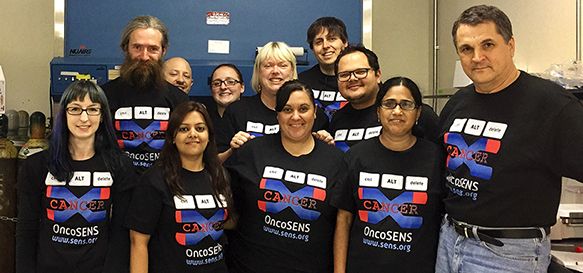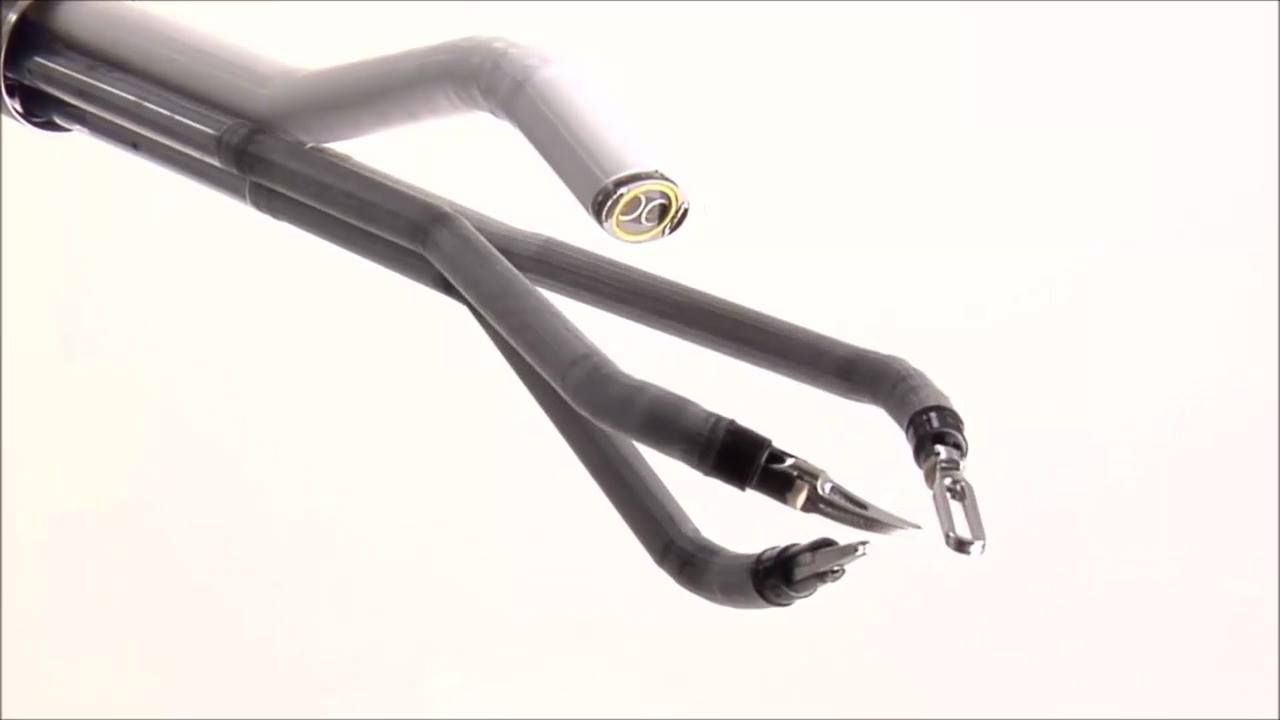Page 10710
Nov 1, 2016
On the Topic of Senescent Cells: Should We All be Trying to Take Navitoclax?
Posted by Steve Hill in categories: biotech/medical, health, life extension
Science is making progress on the treatment of aging and age-releated diseases but should you rush out and start your own testing or not? This article weighs up some of the pros and cons.
Senescent cells accumulate with age, and secrete an unfortunate combination of signals that harms organs and tissues in numerous ways, such as via the production of increased chronic inflammation. This is one of the root causes of aging and age-related disease. Safe and effective clearance of senescent cells has been on the SENS rejuvenation biotechnology agenda for fifteen years, but only recently has progress in scientific funding and demonstrations of improved health and life spans in mice snowballed to the point at which startup companies could make a real go of it. Things are moving fairly rapidly in this field now. With the recent $116 million venture investment in UNITY Biotechnology’s work on senescent cell clearance, and other companies angling for their own launch, it is fair to say that this line of research and development is underway for real. Clinical trials of senescent cell clearance will be underway soon, funded by UNITY Biotechnology, and using drug candidates such as navitoclax developed in the cancer research community, noted for their ability to induce apoptosis, a form of programmed cell death. Senescent cells are primed for apoptosis, and it takes little to tip them over the edge in comparison to a normal somatic cell, which means that there may well be quite a large stable of existing drugs that will have some useful effect.
The question here is one that is only now starting to be useful to ask: should we all be running out today to obtain and take a drug (such as navitoclax) or drug combination (such as dasatinib and quercetin) that were shown to clear some fraction of senescent cells in rodents? Certainly there have been no shortage of people chasing after whatever the current hype of the day was in past years; I’m sure you all recall resveratrol and other alleged calorie restriction mimetics or telomere length enhancers. All a waste of time and effort. The difference between the science behind those and the science between senescent cell clearance is considerable, however. The items of the past have all been associated with altering metabolism so as to modestly slow aging, at best, and we have the very good examples of calorie restriction and exercise to show us the immediate bounds of the plausible on that front in our species.
Continue reading “On the Topic of Senescent Cells: Should We All be Trying to Take Navitoclax?” »
The SRF November newsletter is out now!
SENS Research Foundation email newsletter from 1st November 2016.
Nov 1, 2016
Intuitive Surgical da Vinci Sp Single Port Robotic Surgical System
Posted by Elmar Arunov in category: robotics/AI
Nov 1, 2016
Leaked Pentagon Video About The Future Of Megacities Is So Very Grim
Posted by Bryan Gatton in categories: futurism, military

The website The Intercept has obtained what they say is a leaked Pentagon video that glumly describes a hellish future of massive, chaotic megacities, and pretty much admits the U.S. Army is not remotely ready to deal with this particular manner of shit.
Nov 1, 2016
Who wants to live forever?
Posted by Ira S. Pastor in categories: aging, bioengineering, cryonics, disruptive technology, DNA, futurism, genetics, health, life extension, posthumanism
Bioquark Inc. (www.bioquark.com) Interview in MoneyWeek
Read whole story: http://moneyweek.com/who-wants-to-live-forever/
Oct 31, 2016
Physicists have achieved superconductivity in a non-superconductive material
Posted by Shane Hinshaw in categories: biotech/medical, physics
For the first time, researchers have achieved superconductivity — the phenomenon of electrical conductivity with zero resistance — in a material that’s not a superconductor.
The new technique demonstrates a concept that was first proposed back in the 1970s, but until now had never been proven, and it could lead to ways to make existing superconductors, like the ones used in MRI machines or maglev trains, cheaper and more efficient at higher temperatures.
“Superconductivity is used in many things, of which MRI (magnetic resonance imaging) is perhaps the best known,” said lead researcher Paul C. W. Chu from the University of Houston.
Continue reading “Physicists have achieved superconductivity in a non-superconductive material” »
Oct 31, 2016
Could We Turn Other Planets and Moons Into a Second Earth?
Posted by Shane Hinshaw in category: space

This planet of ours, it ain’t gonna last forever. And though who the heck knows what’s going to happen to the world that far off into the future (or even after November 8th), Life Noggin decided to conduct a little brain exercise about how we could convert a planet like Mars or Venus, or a moon like Europa, into a second Earth.
















